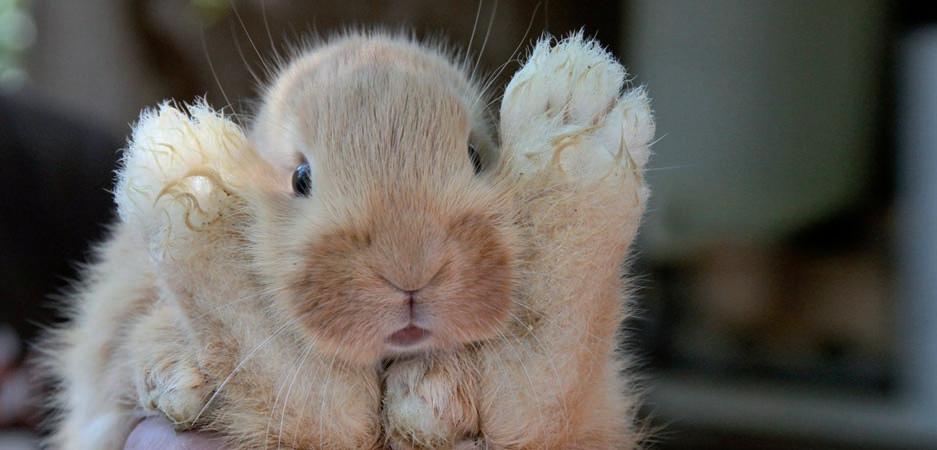Next deadline -
Wednesday 11th March
Gryffe Advertizer | www.advertizer.co.uk
PET
NEws Raving about Rabbits
Avian Pox on the Rise – Clean Your Bird Feeders
Rabbits are the third most popular pet in the UK. There are three main points to consider to ensure your rabbit leads a healthy, happy life: 1. Rabbits are sociable Wild rabbits naturally live in large social groups. Pet rabbits should therefore be kept in pairs or groups. This provides companionship and allows rabbits to carry out normal behaviours such as mutual grooming. Rabbits that are kept alone suffer from loneliness, increased stress levels and increased health problems. The ideal pairing to avoid potential aggression between rabbits is housing a neutered male with a neutered female. 2. Rabbits are active Wild rabbits cover an area equivalent to six football pitches every day. This means your pet rabbit needs plenty of space to exercise, a hutch or cage is not enough. Ideally rabbits should have free access to a run or enclosed area in the garden (or house if an indoor rabbit). As a general rule a hutch or cage should be large enough for a rabbit to take three hops and tall enough for a rabbit to stand upright in. A run should be a minimum of eight feet long (approximately four rabbit hops!). It is also useful to provide tunnels and toys within the run for your rabbit to keep them active and entertained. 3. Rabbits eat grass Rabbits are designed to eat grass for several hours every day. Rabbits have continuously growing teeth and a complex gastrointestinal system designed for this high fibre diet. The wrong diet can lead to severe dental and gastrointestinal problems in pet rabbits. The ideal diet for your pet rabbit is composed of approximately 80% good quality hay, 15% fresh leafy vegetables and 5% good quality commercial rabbit food, in a uniform pellet mix. Starting out with these three basic rabbit facts can make a big difference to the health and welfare of pet rabbits.
What is it? Avian Pox is a viral infection affecting varieties of British Garden Birds. According to the British Trust for Ornithology, previously birds such as Wood Pigeon and Dunnock have been affected; however, recently there have been increasing numbers of cases involving smaller birds such as Great Tits. This illness does not seem to effect humans or other mammals What Does It Look Like? And, how does it spread? Birds with the disease present with tumour-like growths on the head (around eyes of beak) wings or legs. Experts believe it is spread by biting insects, birdto-bird contact (direct and indirect) through contaminated bird feeders and water baths. Growths are usually grey, red, pink or yellow. What can you do? Clean and disinfect feeders regularly. A weak solution of domestic bleach or disinfecting solutions (diluted) can be used. Clean out bird baths on a daily basis, and refill with fresh water.
Microchip Details Its always worthwhile to take a minute to check your pet’s details so your furry friend can always be returned safely should they wander away.. If you have changed any of your contact details such as your phone number or you have moved house, don’t forget to update your pets microchip details. It could be what helps reunite you with them if they are lost or stolen.
MISSING PET? We can post on Facebook for you! Send details to: info@advertizer.co.uk 01505 613340
Indentibase Petidentity UK Petlog Pet Protect Pettrac Smarttrac
0190 448 7600 0800 975 1960 0129 633 6579 0800 077 8558 0800 652 9977 0844 542 0999
38 38-43 OUTDOORS_306 MARCH 2020.indd 38
20/02/2020 12:18:10




